The Allure of AI-Driven Advertising
Meta’s initiative aims to simplify the advertising process: brands provide a product image and budget, and AI handles the rest, creating visuals, writing copy, targeting audiences, and optimising budgets. This approach is particularly appealing to small and midsize businesses lacking extensive marketing resources.
CEO Mark Zuckerberg envisions a future where businesses merely set objectives and budgets, leaving AI to manage the campaign execution. This strategy aligns with Meta’s broader goal to enhance user engagement and strengthen its advertising tools across platforms like Facebook and Instagram.
Black Box vs Glass Box Advertising
In Paid Media advertising, “black box” and “glass box” approaches differ in the transparency they offer to marketers.
“Black box” systems use AI to optimise campaigns, but offer minimal visibility into how results are achieved, making it difficult to understand which channels or creatives drive performance.
In contrast, “glass box” advertising maintains the use of AI, but gives advertisers clearer insight into what’s working. For instance, Amazon’s Performance+ is a “glass box” solution that shows which audiences and formats deliver ROI, enabling more informed decisions. As announced at GML 2025, Google is introducing channel performance reporting, offering greater transparency for its flagship AI campaign Performance Max (PMax).
With this recent announcement, META is moving towards a full black box model, going in a different direction from Google and Amazon.
The Pitfall: Optimising for Platform Performance, Not Business Outcomes
Despite the advantages, there’s a critical caveat: AI systems often optimise for metrics beneficial to the platform, such as click-through rates or engagement, which may not translate into actual business growth or customer acquisition.
Marketers have expressed concerns about the lack of transparency in AI-driven campaigns. Tools like Meta’s Advantage+ and Google’s Performance Max are often called “black boxes” due to limited insights into audience targeting and ad placement decisions. This opacity can lead to situations where brands experience high engagement metrics but fail to see a corresponding increase in sales or customer loyalty.
Moreover, some advertisers have reported instances where their content appears in unexpected contexts, raising brand safety issues. The inability to control or even understand where and how ads are displayed can erode trust in the advertising process.
Strategic Oversight: The Human Element in AI Advertising
AI is a powerful tool, but without strategic oversight, it remains just that: a tool. To ensure that AI-driven advertising aligns with business goals, marketers should focus on:
- Incremental Testing: Continuously test and refine campaigns to understand what strategies drive actual business outcomes.
- First-Party Data Integration: Leverage customer data to inform AI algorithms, ensuring that campaigns are tailored to the brand’s specific audience.
- Landing Page Optimisation: Ensure that the user experience post-click is optimised to convert interest into action.
- Media Mix Modelling: Analyse the performance of various channels to allocate budgets effectively and understand the holistic impact of advertising efforts.
Conclusion
Meta’s push towards AI-automated advertising offers exciting possibilities for efficiency and becomes a breakthrough in scalability for small teams. However, without careful oversight and strategic input, there’s a risk of misaligned objectives, where campaigns serve platform metrics rather than business growth. Marketers must balance the convenience of automation with the necessity of human insight to ensure that advertising efforts lead to meaningful customer engagement and business success.
Intrigued about what this means for your business? Let’s connect and dive deeper.

 BLOG
BLOG






